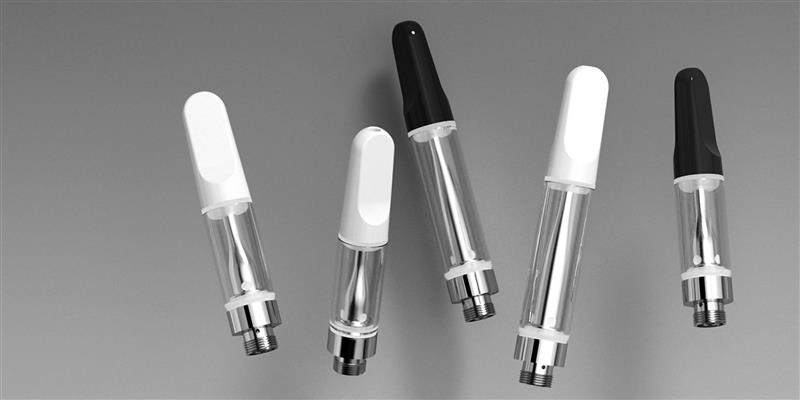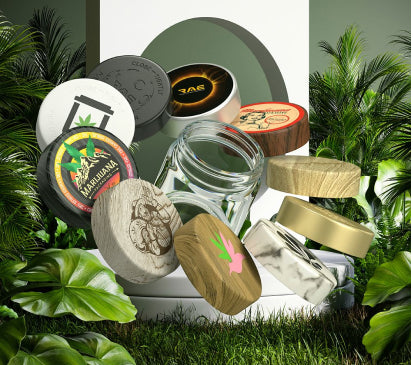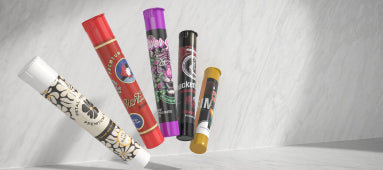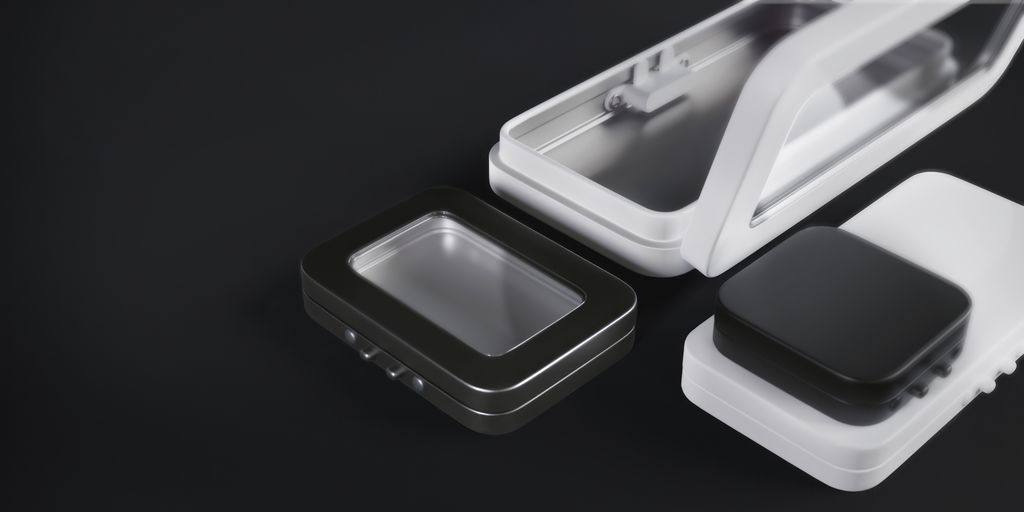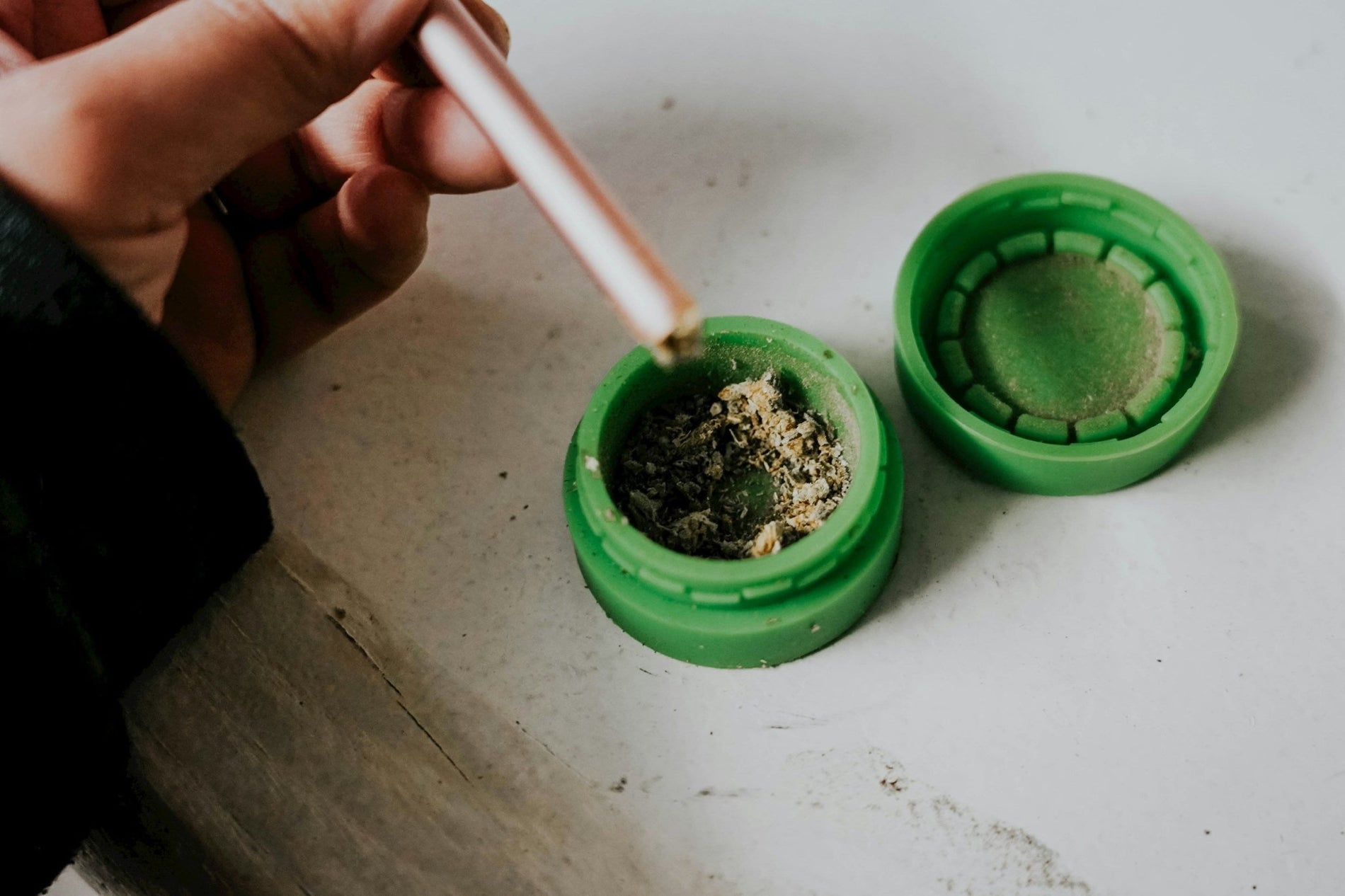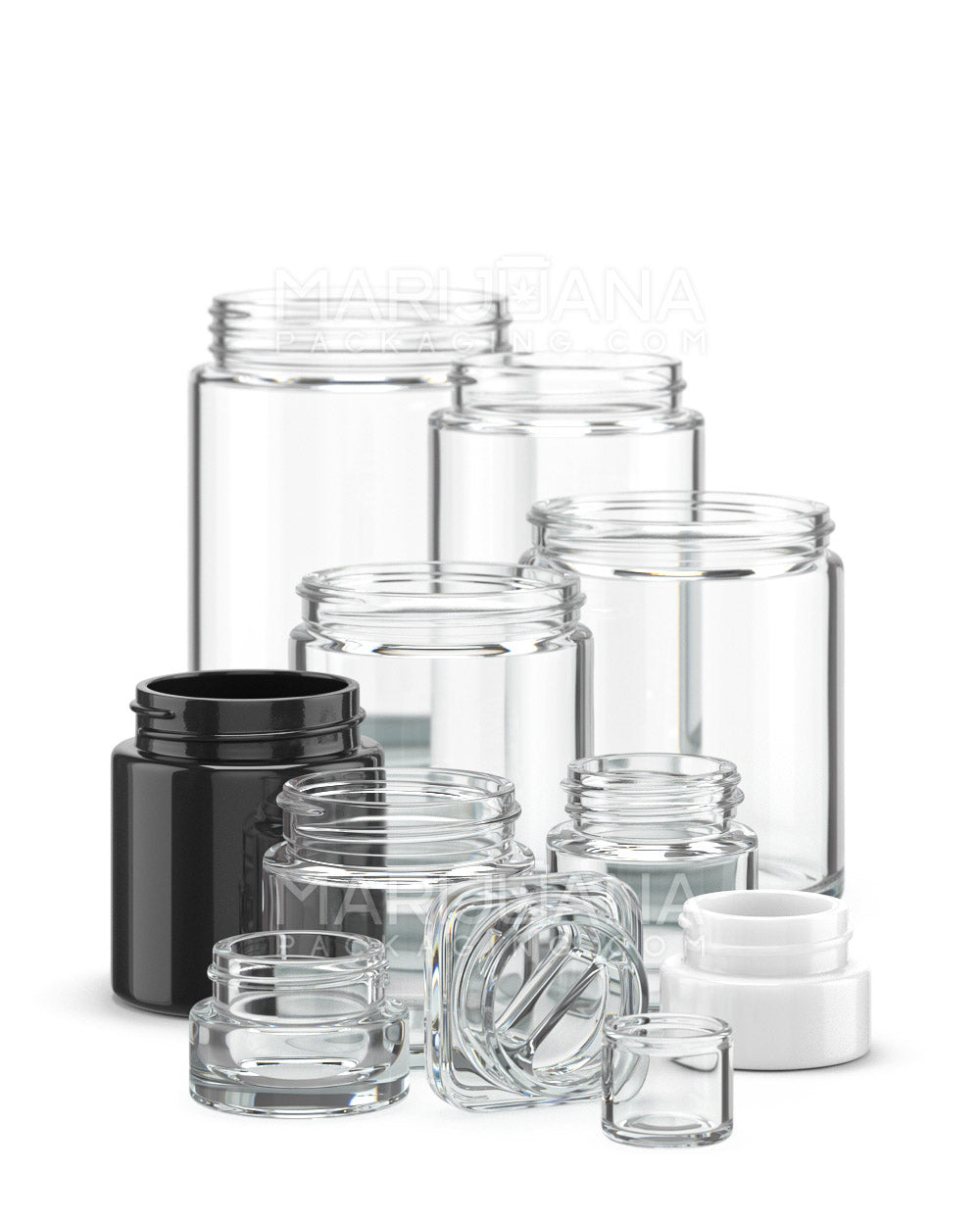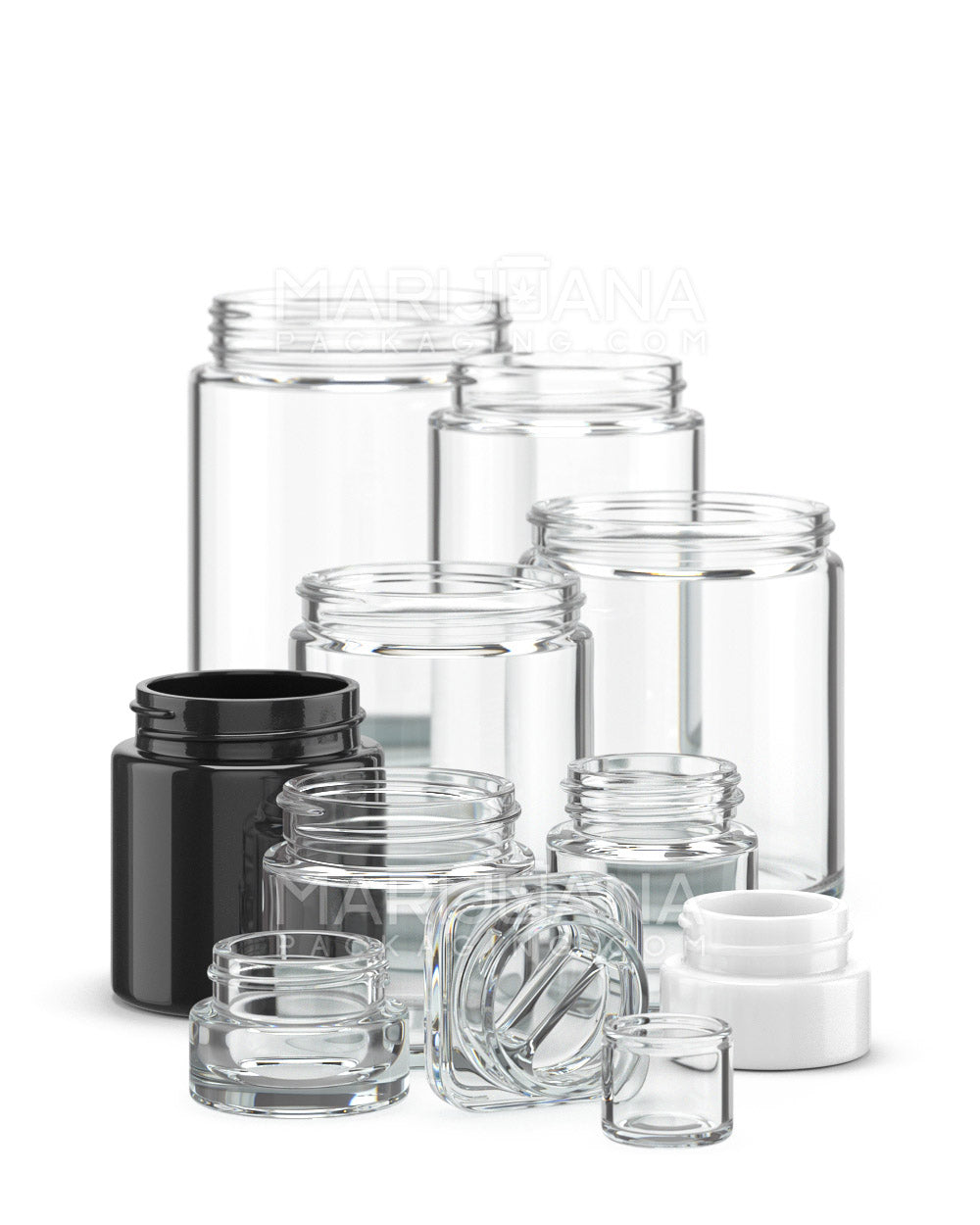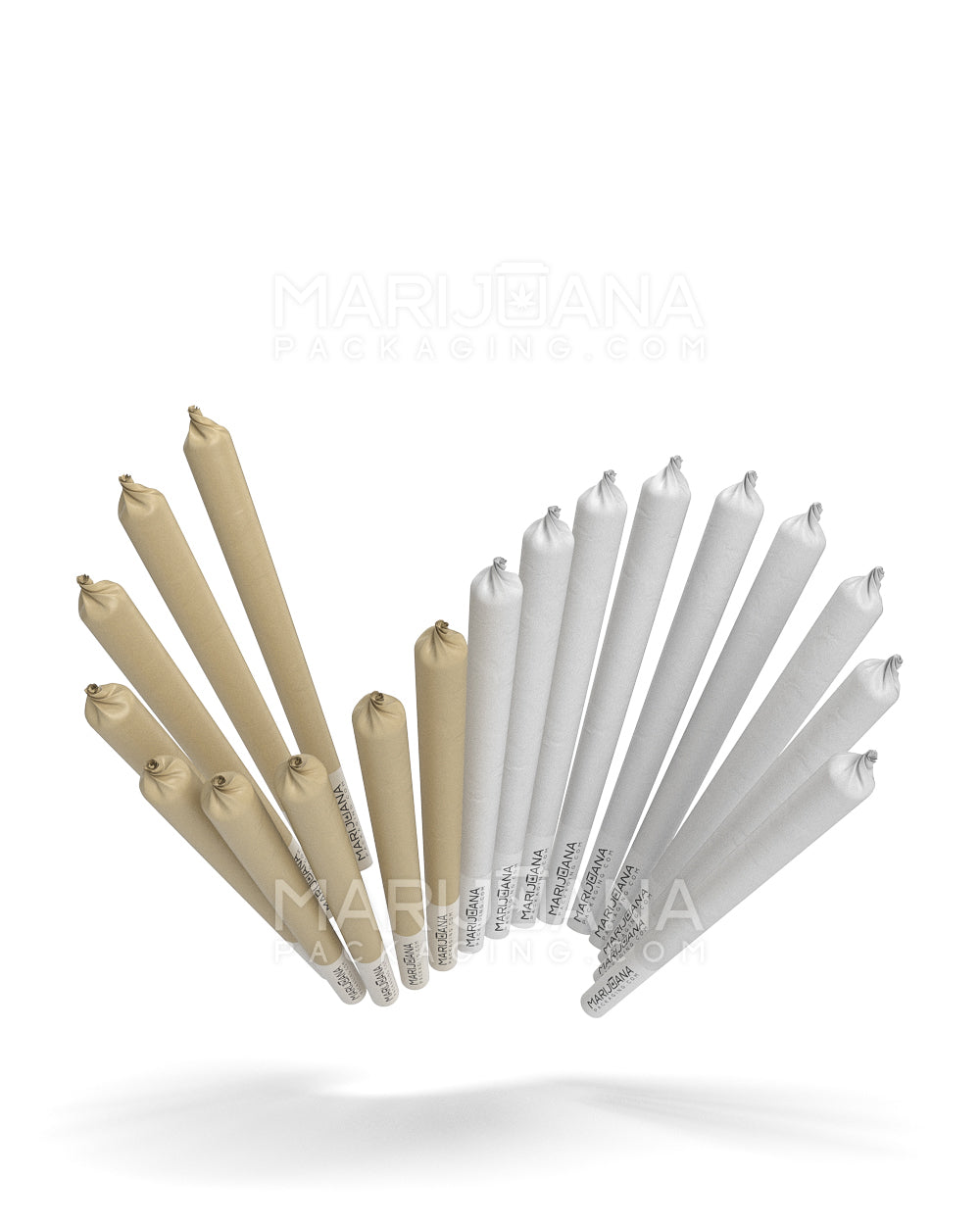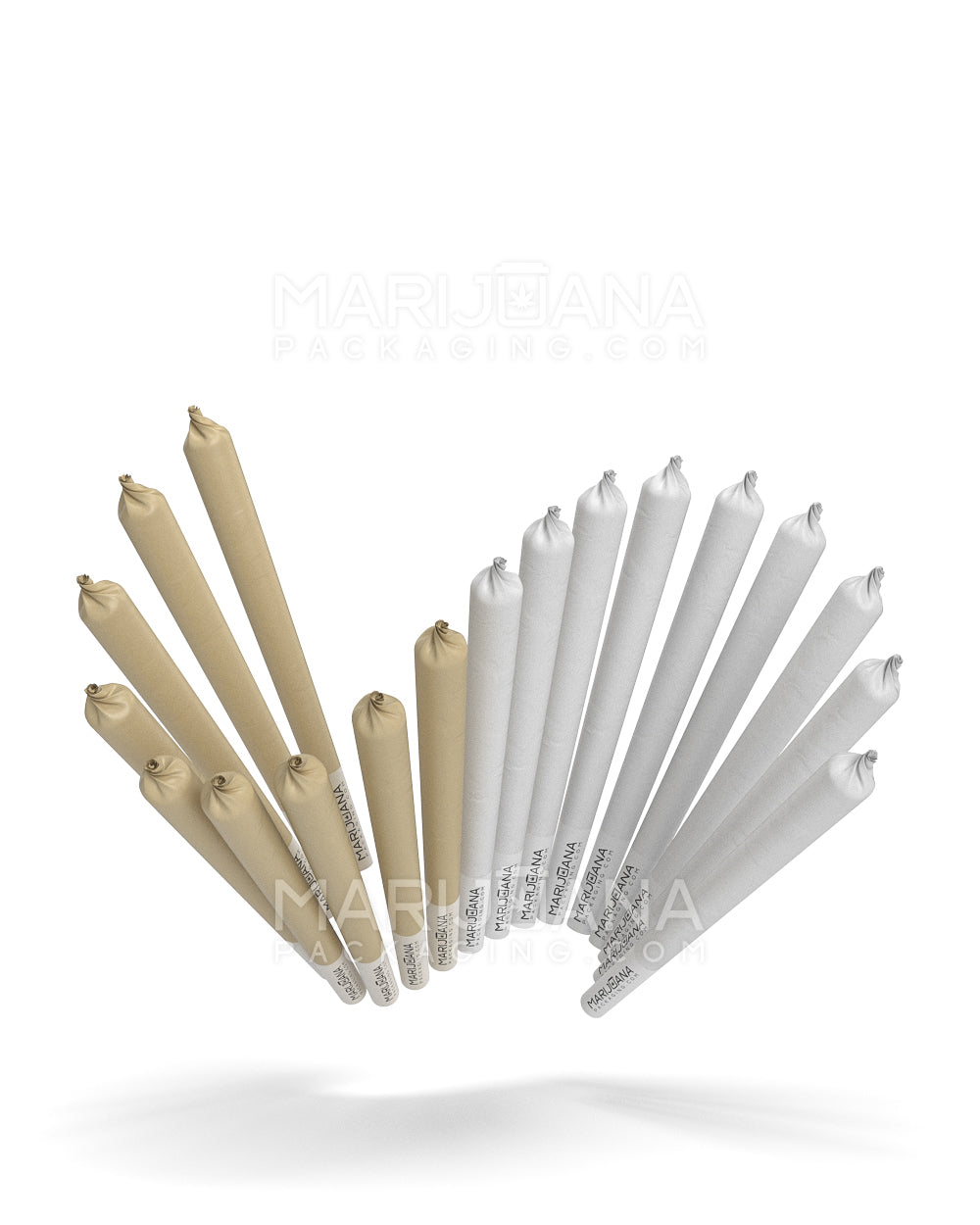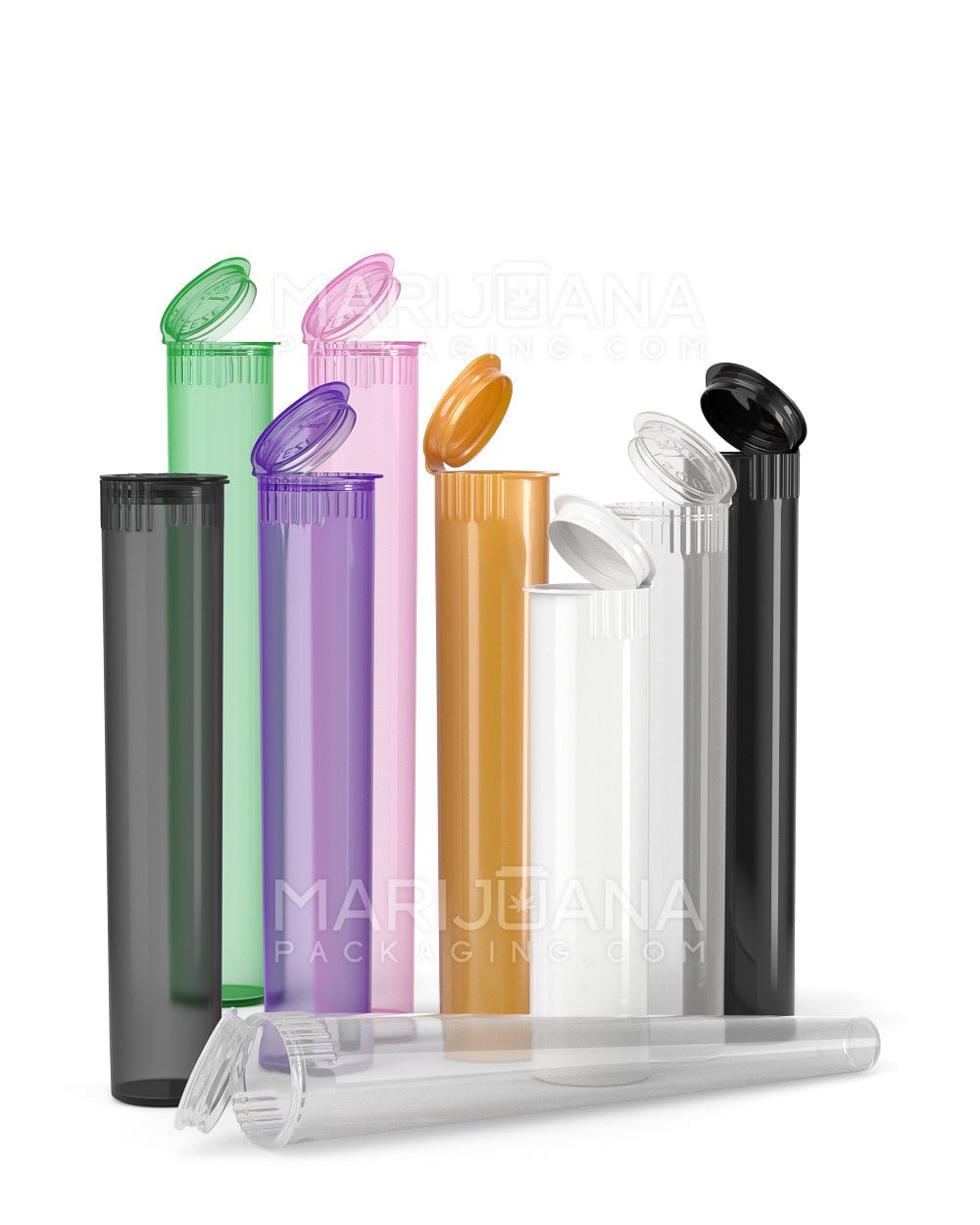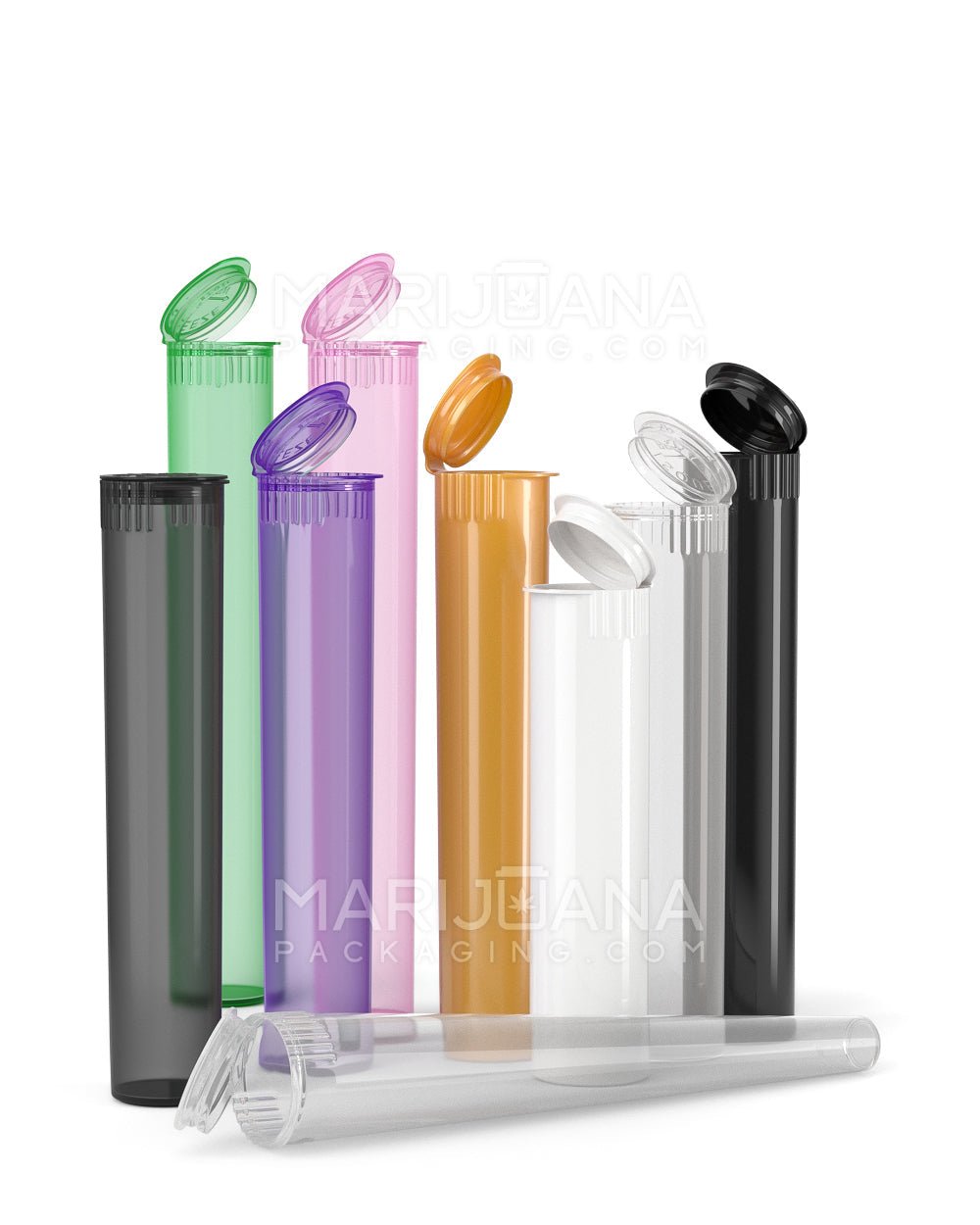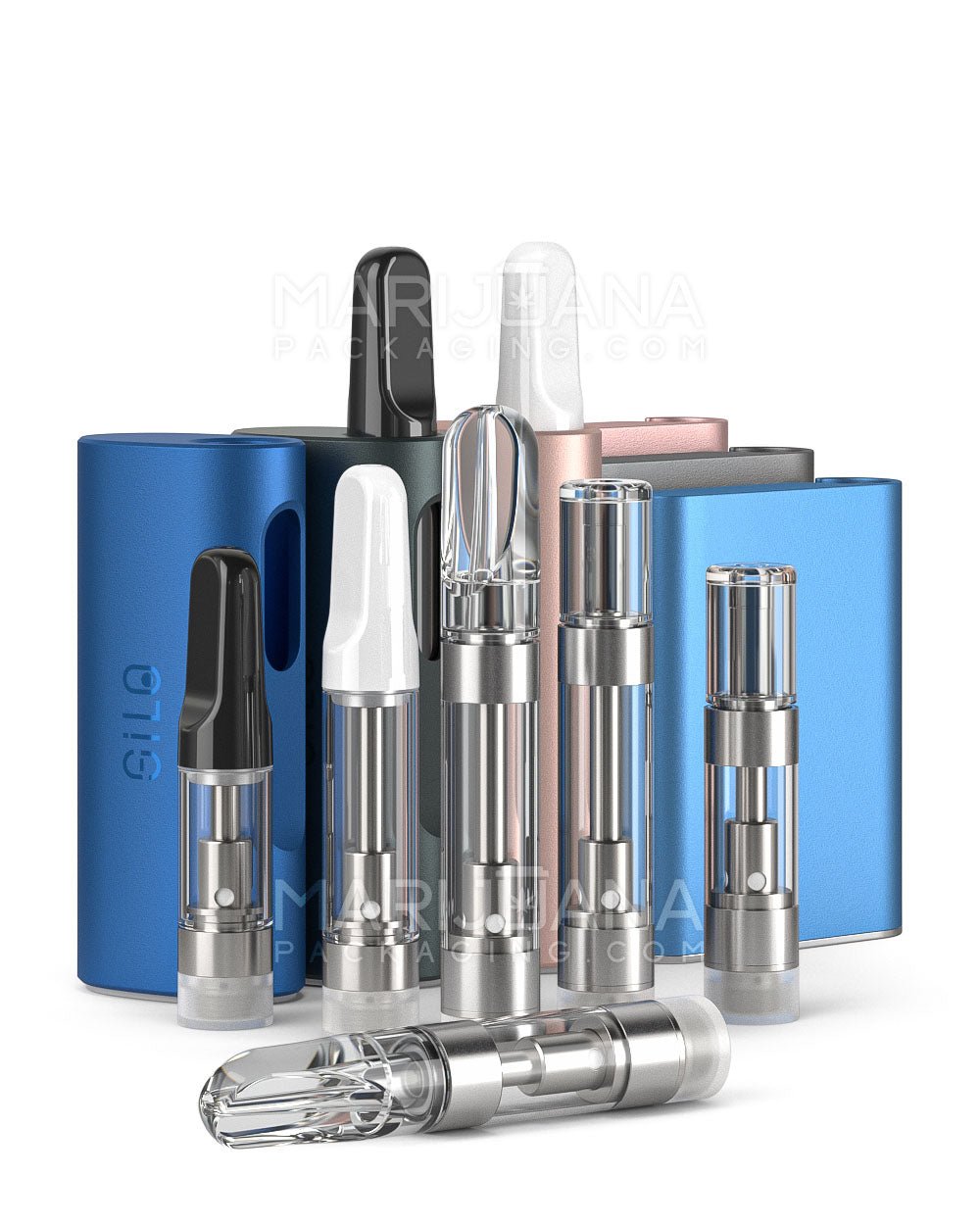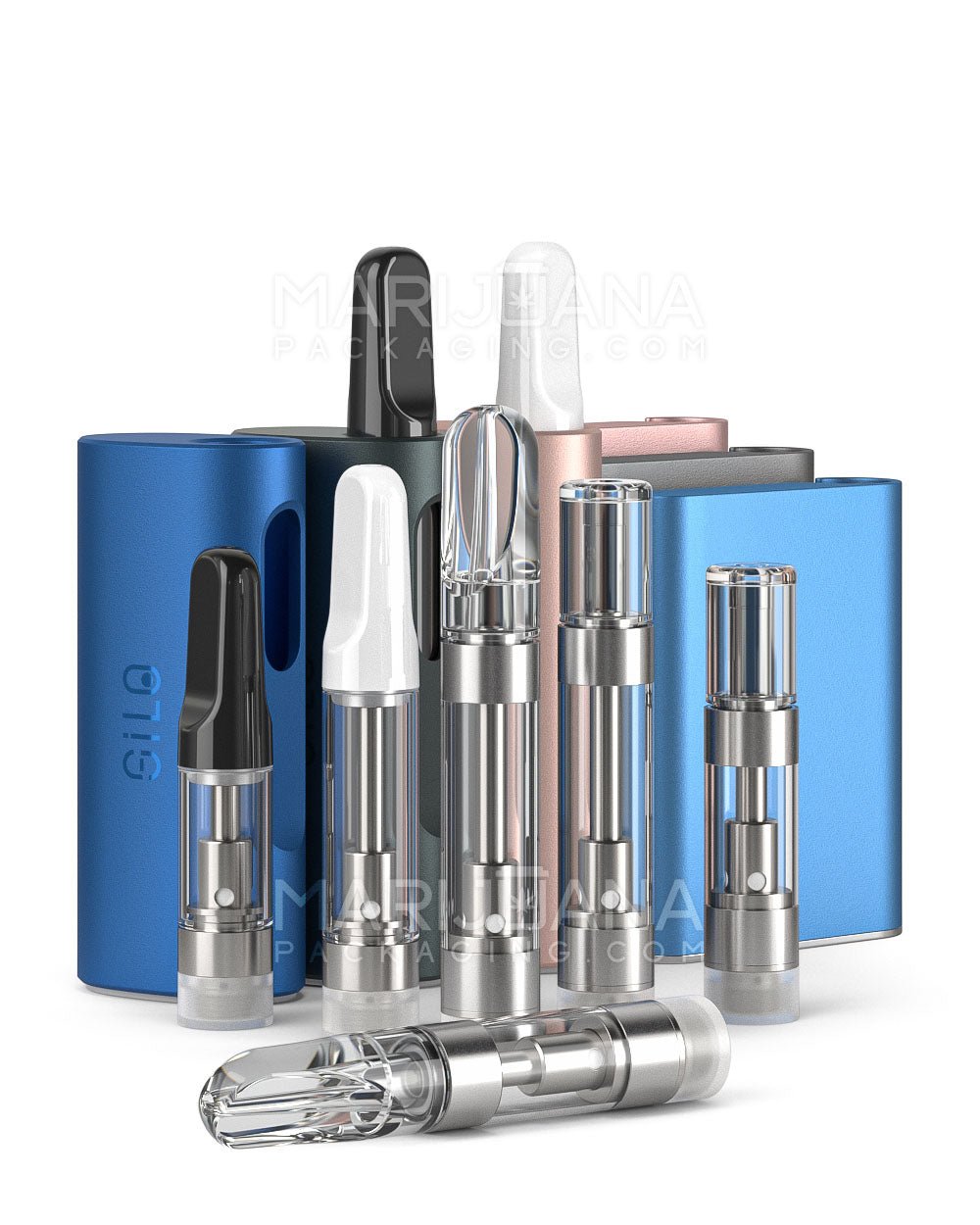Ever found yourself staring at your marijuana plants, wondering if they're boys or girls? You're not alone. This is one of those questions that every grower faces at some point. Knowing whether your plant is male or female is pretty much a rite of passage in the world of cannabis cultivation.
Today, we'll chat about how to distinguish between male and female cannabis plants. We'll walk through the signs you need to look for, why it matters, and some tips to help you identify your plants with confidence.
Why It Matters: Male vs. Female Marijuana Plants
First things first—why should you care about whether your marijuana plant is male or female? Well, if you're aiming for those potent, resinous buds, you'll need female plants. They're the ones that produce the flowers, or buds, that are rich in cannabinoids like THC and CBD.
Male plants, on the other hand, produce pollen sacs rather than buds. While they're essential for breeding and seed production, they can be a headache if you're growing for bud. Once a male plant releases its pollen, it can fertilize nearby female plants, causing them to produce seeds instead of the seedless buds most growers desire.
In essence, if you're not breeding, you'll want to separate the males from the females early on to avoid unwanted pollination. This keeps your female plants focused on producing the high-quality buds you're after.
Identifying Male Marijuana Plants
Spotting a male marijuana plant isn't as tricky as it might seem. Male plants typically reveal their gender earlier than females, which can be a blessing. You want to catch them before they start pollinating.
Here are some telltale signs of a male plant:
- Pollen sacs: Look for small, round balls that resemble tiny grapes. These are the pollen sacs and will eventually open to release pollen.
- Fewer leaves: Male plants often have fewer leaves than their female counterparts.
- Taller and lankier: Males are usually taller and have a more stretched appearance compared to females.
Once you've identified a male plant, it's best to remove it from your growing area if you're focused on bud production. This prevents accidental pollination of any nearby female plants.
Spotting Female Marijuana Plants
So, how do you know if you've got a female plant on your hands? Female plants are the stars of the show when it comes to producing those coveted buds. Identifying them early can help you nurture them to their full potential.
Here's what to look for:
- Pistils: Female plants have small, hair-like structures called pistils emerging from where the branches meet the stem. These are typically white and will turn brown or red as the plant matures.
- Fuller appearance: Females tend to be bushier and more compact compared to their male counterparts.
- Bud sites: As the plant develops, you'll notice clusters of buds forming at the nodes (where the leaves meet the stem).
Once you're confident you have a female plant, you're in the clear to focus on encouraging those buds to grow and mature. Proper care and attention will help maximize their yield.
The Importance of Timing in Identifying Sex
Timing is everything when it comes to identifying the sex of your marijuana plants. Typically, you can start seeing signs of their gender about six weeks into the growing cycle, although this can vary based on the strain and growing conditions.
Early identification is crucial because once male plants release their pollen, it can quickly spread and fertilize female plants, leading to seed production instead of smokable buds. Keeping a close eye on your plants during this period will save you from unwanted pollination.
If you're growing indoors, you have the advantage of controlling the light cycle, which can help you identify sex earlier. Transitioning to a 12-12 light cycle (12 hours light, 12 hours dark) can prompt plants to show their sex sooner.
Techniques for Early Sexing
For those eager to know the sex of their plants as early as possible, there are a few techniques you can try. These methods can help you determine gender before the plants naturally show their sex.
Here are some approaches:
- Preflowers: By looking closely at the nodes, you can sometimes spot preflowers as early as three to four weeks into the growth cycle. These tiny structures can give you an early hint of the plant's sex.
- Cloning: Another method is to take a cutting from the plant and root it separately. Once the clone has established roots, place it under a 12-12 light cycle to force it to show its sex.
These techniques require a bit more effort but can be worthwhile if you're keen on identifying the sex early. Just remember that patience is key, and rushing the process can sometimes lead to misidentification.
Dealing with Hermaphroditic Plants
Every now and then, you might come across a plant that shows both male and female characteristics. These are known as hermaphrodites, and they can be a bit of a curveball for growers.
Hermaphroditic plants can develop both pollen sacs and buds. This means they have the potential to self-pollinate or pollinate other female plants in your grow area, leading to seeds instead of pure buds.
Things to look out for in hermaphrodites include:
- Banana-like structures: Also called "nanners," these yellow, banana-shaped growths are pollen sacs that can emerge from female buds.
- Both pistils and pollen sacs: If you notice a plant with both male and female traits, it's likely a hermaphrodite.
When you spot a hermaphrodite, it's important to remove it as soon as possible to prevent pollination. Stress, environmental factors, or genetics can cause a plant to become hermaphroditic, so maintaining a stable growing environment is crucial.
Taking Action: What to Do with Male Plants
Once you've identified a male plant, your next step is to decide what to do with it. If you're not planning to breed, it's usually best to remove male plants from your grow area to protect your female plants.
Here are some options:
- Composting: Male plants can be composted and turned into nutrient-rich soil for future use.
- Breeding: If you're interested in breeding, you can keep the male plant in a separate area to collect pollen for future crossbreeding projects.
Whatever you choose, make sure to handle male plants carefully to avoid accidental pollen release. Even a small amount of pollen can travel and fertilize female plants, so it's best to err on the side of caution.
Tips for Maintaining a Healthy Grow Environment
Creating and maintaining a healthy grow environment is vital for the success of your marijuana plants, regardless of their gender. A stable environment can help reduce stress and prevent hermaphroditism.
Here are some tips:
- Consistent lighting: Keep your light cycles consistent to avoid stressing your plants.
- Proper ventilation: Good airflow helps prevent mold and pests.
- Temperature and humidity control: Maintain optimal temperature and humidity levels to keep your plants happy.
- Regular monitoring: Keep an eye on your plants for any signs of stress or pest issues.
By providing a nurturing environment, you can help your marijuana plants thrive, leading to better yields and higher-quality buds.
Final Thoughts
Identifying the sex of your marijuana plants is a fundamental part of successful cultivation. By recognizing the signs of male, female, and hermaphroditic plants, you can take appropriate action to maximize your harvest and maintain a healthy grow environment.
As you continue your growing journey, remember that the right packaging can make a world of difference in how your product is perceived and preserved. Gamut offers an impressive range of packaging solutions, covering everything from design to delivery. Whether you're looking for stock options or custom designs, Gamut ensures your brand stands out, making it unforgettable in the market.



